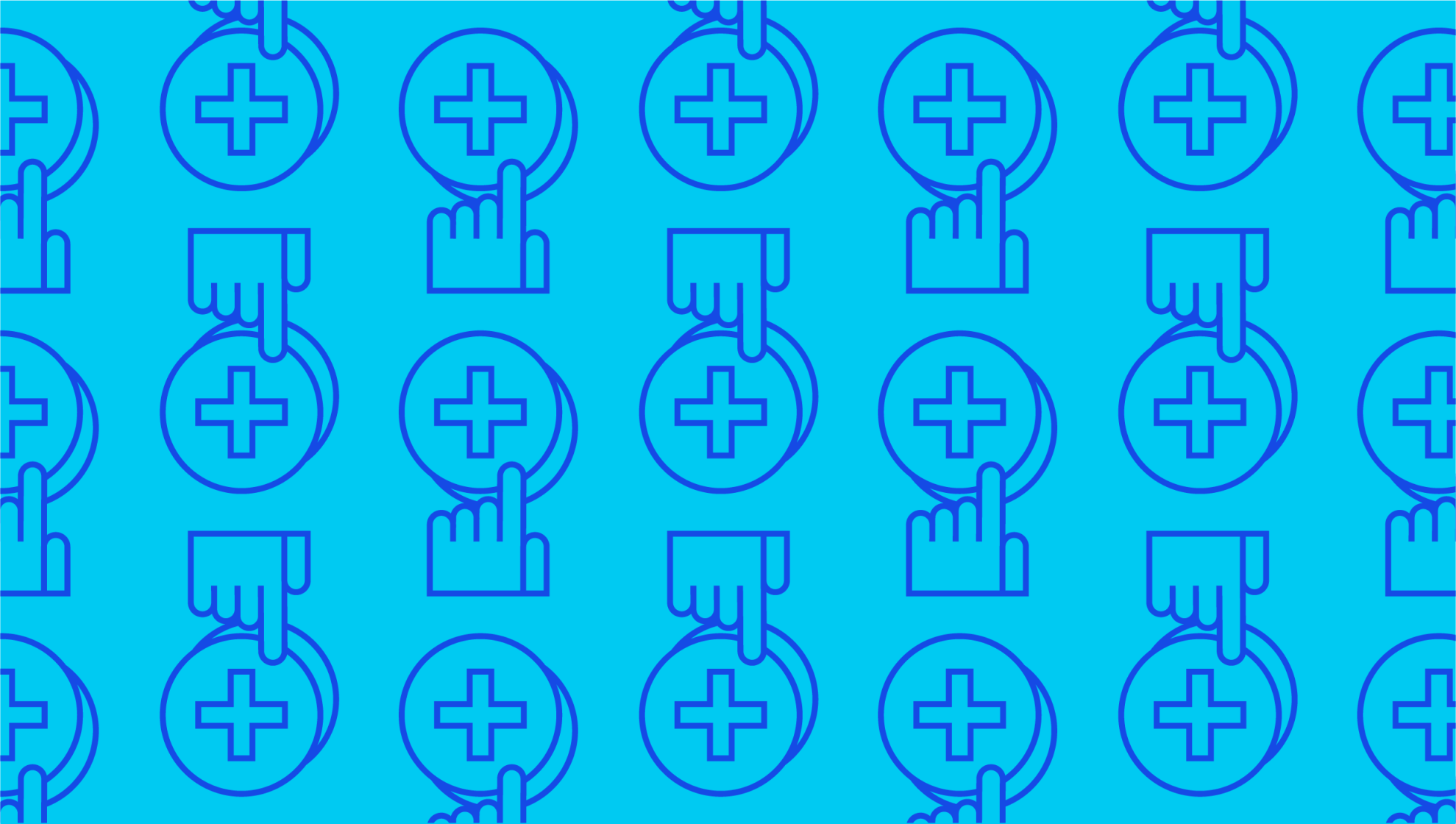
Building a Business Contingency Plan
Last editedJul 20213 min read
A robust business contingency plan can be what sets apart a successful business from a failing one – no matter the size of the business. While there are some crises you simply can’t anticipate, many of the pitfalls of business are easily avoidable if you simply have a plan in place for when they occur.
What does contingency plan mean?
A contingency plan sets out a business’s approach to both predictable and unexpected problems. It is the process of identifying potential issues, understanding the impacts those issues may have, and establishing actionable solutions that will lessen the damage should these issues occur.
Devising a contingency plan involves prioritizing risks and problems and determining which of them would have the most disruptive or detrimental impact on the performance and success of your business. You don’t have to outline and plan for every minor issue; a business contingency plan should be thorough, but more focus should be placed on the issues that would have the biggest impact.
You should view your contingency plan as a ‘Plan B’ that you should only need to employ if things go wrong, or in some cases, if things go right. Your contingency plan might not just be for negative events, you could also have plans in place for unexpected growth. For instance, you may make a contingency plan for how to respond to a sudden spike in revenue.
Why are contingency plans important?
It’s important to plan for whatever you can plan for. Having a backup plan in place ensures you won’t lose any momentum when issues arise, allowing you to keep thriving and growing even when faced with challenges.
It could be uncontrollable events like a natural disaster or power outage that puts your inventory and equipment in danger. It might be the loss of a key employee who brings you a lot of business. It could be a sudden disruption to your supply chain. There are plenty of events that could occur that require a bit of forward thinking. Contingency plans are simply a bit of extra security.
Developing a contingency plan
There are a few different ways you can approach your contingency plan. Whether or not you use an existing contingency plan template, you should always aim to do the following:
Make it official
Your contingency plan should be outlined in detail in an official policy that’s distributed to every member of the organization. Having everything on paper and ensuring everyone has access to it ensures the entire team is prepared to take action immediately and is clear on the steps that must be taken.
Define your resources
Ensure that every resource you have available to you is listed in your contingency plan. For instance, if machine failure is a potential problem for your business, you’ll want to make sure you have a few options for alternative suppliers who can lease you the necessary equipment with ease. As you gather your resources, you’ll be able to identify areas that are lacking, and can then spend time finding the right resources before you’re forced to.
Assess the risks
Carry out detailed risk assessment strategies to analyze the probability of a problem occurring. You might consider running a business impact analysis (BIA) to identify the biggest risks. If you’re able to quantifiably assess the risk of a particular event or issue using real data and insight, you’ll be able to prioritize which potential problems require the most attention.
Test it
Once you’ve drafted a contingency plan, you should test your solutions to make sure they’re reliable. You can carry out simulations of particular events and evaluate your plans based on response time, efficiency, and effectiveness. This will help you identify vulnerabilities in your plan that you might not have initially foreseen.
Update it
No matter how your company evolves, your contingency plan won’t last forever. Whether you’re growing or downsizing, the potential events you need to plan for are bound to change over time, so it’s important that you continually assess your contingency plan and update it whenever need be.
Expect the unexpected
While your contingency plan doesn’t need to cover every single possible problem, it is important to spend time planning for events that you don’t think are likely to occur. Not many people could’ve anticipated a pandemic emerging in 2020 – but those who had thorough contingency plans may have at least been able to mitigate some of the impacts. Always consider the worst-case scenarios, even if you don’t believe they’ll happen, so that if they do, you’re not caught completely off-guard.
As you write your contingency plan always ask yourself: What is the possible issue? How likely is it to occur? What would be the impact of that issue? What resources do we have or need to mitigate the issue? What process will we undertake to do so?
We can help
GoCardless helps you automate payment collection, cutting down on the amount of admin your team needs to deal with when chasing invoices. Find out how GoCardless can help you with ad hoc payments or recurring payments.
